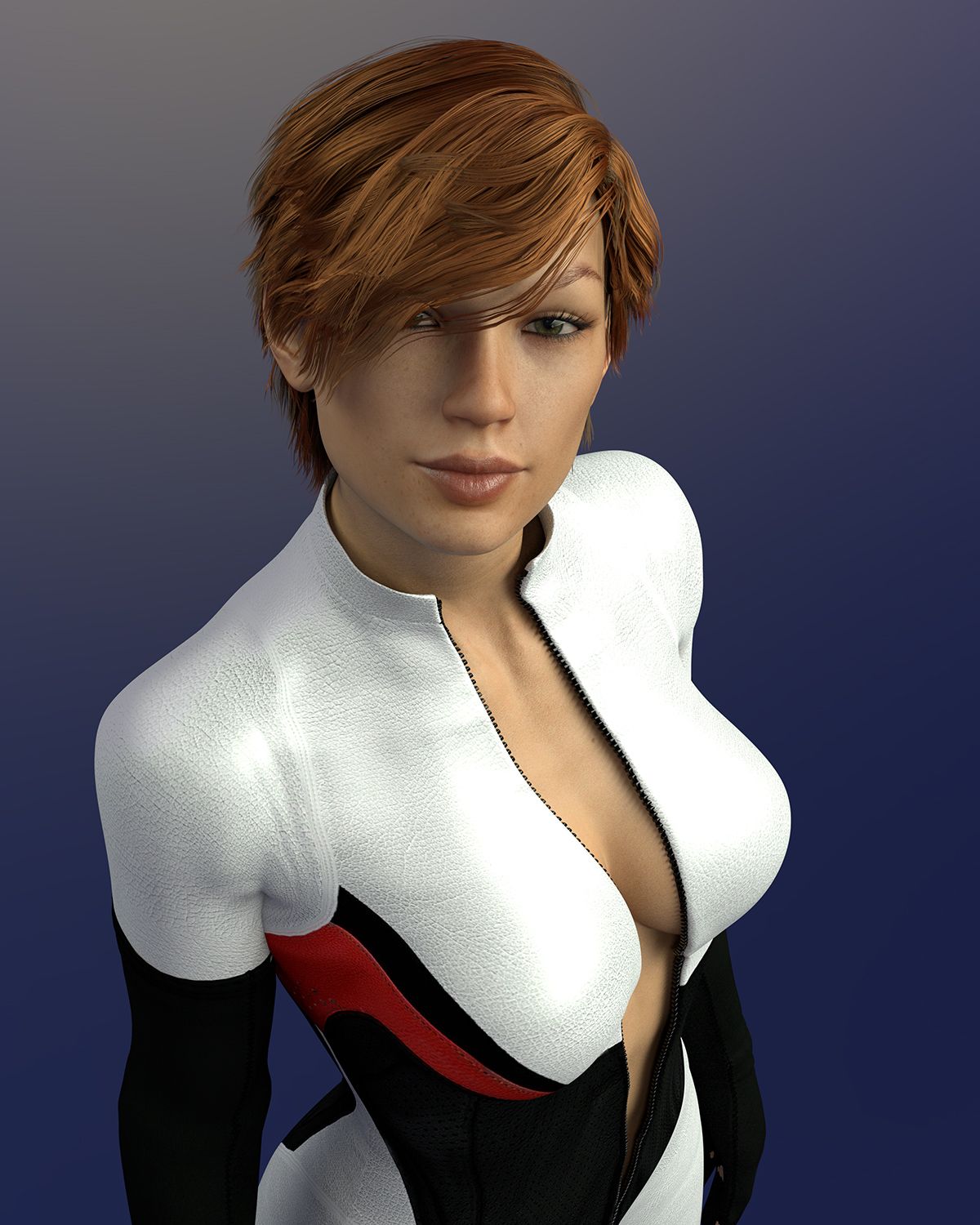Quick Shots 1 got me thinking a little differently about what I write here. After a year in, I think that was needed. I'll still be doing reviews, but they won't be the main focus (they take a long time and aren't nearly as fun as you'd think). But I appreciate that they have assisted folks and that people like my writing style and that I am not afraid to express my opinion even when its not a positive opinion. Also, Quick Shot 1 produced some discussion about similar light sets and how I felt about having a few of them. So I thought, maybe, people might be interested in what I consider to be my most essential tools (right now, this will change over time).
Absolutely essential to my work flow:
- Iray Converter for Genesis and Generation 4 Bundle
- Iray Smart Converter for Genesis 2
- Iray Smart Converter and Advanced Skin Manager for Genesis 3 *
- RDNA Bump and Grind (alas this is no longer available)
- Painter's Lights
- OOT Iray Pair and OOT Iray Pair Expansion
I'm going to arbitrarily cut off the list at this point for a couple of reasons: I have to do it somewhere and the next set is likely to contain a couple of products all from the same vendor and I'd like to group them together.
V3Digitimes Iray Converters
Let's start at the top of the list with the V3Digitimes Iray Converters: these ought to be on everyone's must have list, even if you do not particularly care for the various base settings for specularity or translucency that they provide (I'm not a huge fan of the specularity, I go with my own glossy base settings and change the top coat completely, but I make a lot of use of the various translucency options). The real reason to own these sets is the quick access to a whole bunch of major/minor tweaks that you can make to specularity, translucency, base colors, bump and normal. I'm quite fond of the term "toolbox", but you could just as easily call this a "palette" if you prefer a more artistic and less workman like term. The scripts in here can help you quickly set or adjust your settings, revert (some) changes, make sweeping changes or small tweaks. You SHOULD own one or more of these sets;no matter what your workflow is for human surfaces, these will help you get just the right surface that you want no matter the exact circumstances. Too glossy? Not a problem. Not glossy enough? Not a problem. Too translucent? Easily fixed. Too red? Got that covered, too.
I literally use these tools in every image.
The newer versions apply essentially the same settings, though some of the translucency options are a little better developed; the newer ones are more compact, with better scripts that have UI tools for better adjustments, quick application to groups of surfaces. So if you are working with the Genesis 3 platform, you have the best tools; but even if you are using Generation 4 or Genesis, you still have the same tools and similar settings, they are just not as keenly developed.
RDNA Bump and Grind
I feel like translucency gets far too much play, and the real stars for creating realism and also for creating more striking, artistic effects, are specularity and bump. Which leads me to my next essential tool of the moment: RDNA Bump and Grind (which is, alas, no longer available). This product was actually meant to be for, I think, Generation 3; so I don't get to use all maps, but the generic skin and head bump maps are essential for my work.
So, what is Bump and Grind? A collection of bump maps, kind of generic, but with lots of variations. Since its for Generation 3, I can't use the lip maps or nipple maps (!) without a ton of manual work that I am really not interested in doing. But the generic bumps maps for the head and and other skin are just tremendous for either replacing lackluster bump maps or for adding in to the top coat bump channel (you are using that extra bump channel, aren't you?) to add that extra oomph and break up the gloss enough to lend that extra note of realism.
Since you can't get Bump and Grind anymore, I really suggest you find a similar resource. I've done a little poking around, but I haven't found one. There must be something similar out there (or you could always make your own; these are just tiled textures and don't require a lot in the way of skill or talent), if you find something, let me know?
Painter's Lights
And that brings us to Painter's Lights. What can I say about this product? I use it for everything: testing materials, posing, scene composition, final renders...I don't really understand the elements of the set completely, because I do not have the background in art necessary to do so; but I understand the impetus: that those who have gone before have quite a bit to teach us. These lights are based on the techniques of the old masters, the ones who taught us how to truly paint with light.
Somehow I lost a few paragraphs here (rendering and bingeing on Sense8 while I write this), so I will just say this: Painter's Lights is incredibly versatile (see the points I make in Quick Shots 1) and a fantastic learning tool. I like the set as much for its versatility as for what I have been able to learn from it. I highly recommend dissecting light sets that you like (rather than just learning concepts like 3 point lighting, which while useful, aren't always practical) and learning what makes them work.
OOT IrayPair and Expansion
The final item (2 items) on my list is for hair, something that can make or break a render. There are a couple of these products out, including two by one of my favorite vendors (Sloshwerks), but at this time I find the OOT Iray Pair (no, I don't understand the name) product the most intuitive to use and the easiest fit for my workflow. The great thing about this product is that it will work with virtually any hair prop. It does come with a multitude of base textures, but you don't have to use them, you can simply apply the shader presets. I do recommend using them, though, as they are very good textures and the glossiness and other maps that go along with the set really complement the diffuse textures.
Ok, so what does it do? Give you some of the best looking hair you have ever rendered. It works with both transmapped hair and strand based hair, but don't expect it to correct obvious flaws in geometry or UV mapping, its a tool not a magic wand. The base set comes with quite a few color presets, along with options to gloss and gloss color options, bump and transparency. Its pretty complete the way it stands, which is probably why it took a long time for the expansion pack (OOT Iray Pair Expansion) to come out. The expansion pack builds on the original and boasts 80 new diffuse textures (lets be honest, the textures are all the same...just different colors).
I've been a fan of outoftouch for a very long time, at least since Generation 3 when he made some great alternate textures for a lot the clothing models I relied heavily on in those days. His texture work has always been amazing, and I have to commend his latest PBR work for Iray. The texture sets he has been doing there are stunning (I own a few, I'll be getting more).
That's part one of my list of essential tools, but I really can't leave this part the list without naming Adobe Photoshop. It is absolutely essential to my workflow (I render most everything to canvases and composite and tone map later; I know that I am probably doing something 'wrong' in my workflow with this, but I like the results) and for $10 a month...how can you go wrong? I use it practically every single day.
( Yes, those are all basically the same product for different generations. Do you need them all? Depends on what generation(s) you work with. And before you ask: no, I have not tried all the various skin materials available. I've tried a few, I've kept a few and returned others. I have refused to try others because I do not believe that they are as versatile as the ones by V3Digitimes, nor do I really think they are worth the exorbitant price tags put on them by their creators. I appreciate that they have put a lot of personal time into their "development", and more power to them if they can continue to milk money out of people for new iterations, but they will not be getting mine. Maybe if they stop calling their product a "shader" when its not a "shader" its a material preset. I'm a writer and an IT person. I insist on precision in my terms.)

